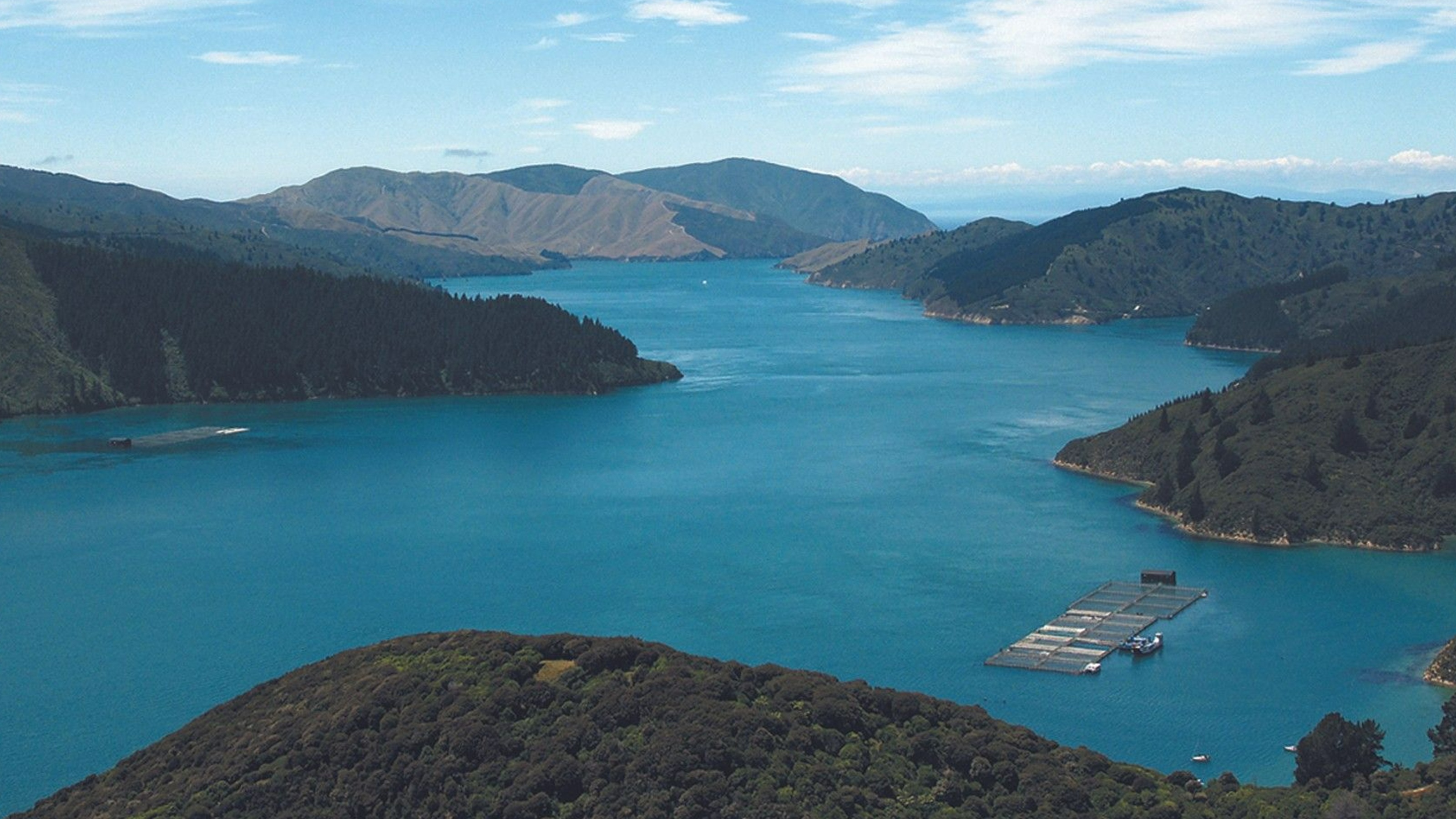Precision farming technologies for aquaculture
Remote monitoring of ocean farms helps farmers make more efficient real-time decisions when producing products such as mussels, salmon, and oysters.

Remote monitoring of ocean farms will help farms producing products such as greenshell mussels, king salmon, and Pacific oysters make more efficient real-time decisions from land.
Our researchers are part of the Precision Farming Technologies for Aquaculture research project. This is one of a number of Spearhead projects set up under the auspices of the Science for Technological Innovation National Science Challenge. The project will employ data science to create user-friendly, scalable, and cost-effective tools to enable sustainable aquaculture production with low impact on the environment.
Researchers are designing and testing underwater remote sensors to analyse data onsite and then communicate usable information directly to a farmer’s digital dashboard. By automating what were once manual processes, farmers can save significant time, cost, and delays due to weather.
Other tools under development include IoT temperature sensors, imaging intelligence, conversion of buoys into remote sensors, hall-effect sensors, photonic sensors, and autonomous remotely operated vehicles.
This move to precision farming in aquaculture—one of New Zealand’s fastest growing industries—is part of shift towards better communication technologies using the Internet of Things (IoT) alongside AI, sensors, imagery, robotics, and analytical programming.
While the tools being developed are directed towards the aquaculture industry, the researchers believe they can be used for other coastal waters challenges such as biosecurity, environmental health, dredging impacts, and shipping.
We are working with farmers in the industry and alongside Māori stakeholders within a kainga framework to bring more equitable solutions and better outcomes for our users.
